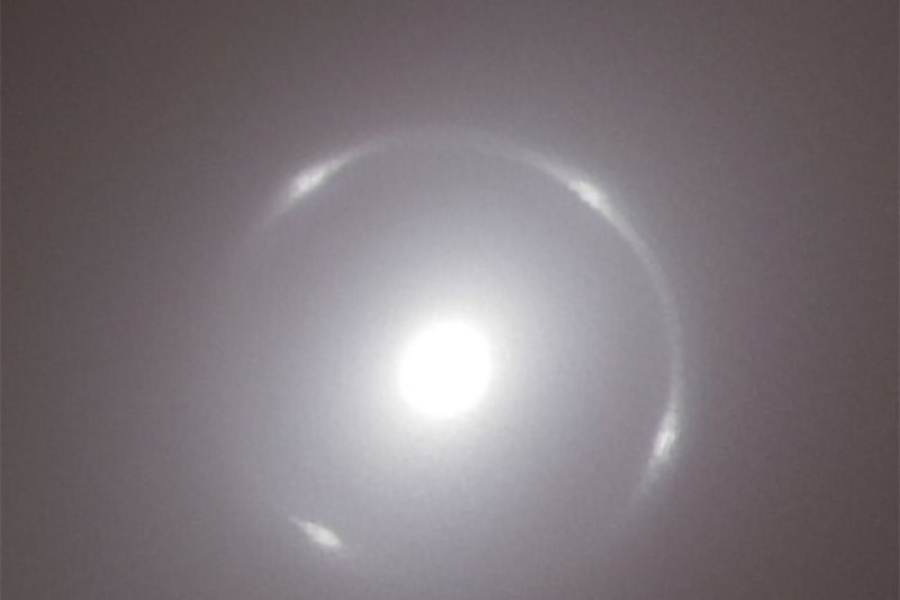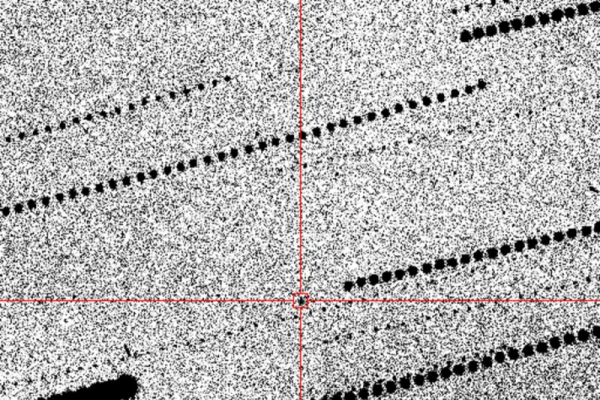
The European Space Agency announced on Monday that its Euclid telescope had discovered the first “extremely rare” Einstein ring in a galaxy “not too far away,” nearly 600 million light-years from our planet.
Euclid, a spacecraft launched by ESA in July 2023 to observe distant space to uncover the secrets of the Universe, has recorded its first powerful gravitational lens, beginning to create the most accurate three-dimensional map of the known Universe.
“Even on the first observation I could see it, but after Euclid made additional observations in the area we were able to see a perfect Einstein ring,” said Bruno Altieri, a scientist at ESA’s Euclid archive. “For me, as someone with a long-standing interest in gravitational lensing, this was amazing.”
The Einstein ring is an “extremely rare phenomenon,” according to the Paris-based European Space Agency.
However, the new ring discovered by Euclid has “unique properties,” Massimo Meneghetti, a member of the research team at the National Institute for Astrophysics, said in a statement.
The discovery “was hidden in plain sight in a nearby galaxy” called NGC 6505, which is about 590 million light-years from Earth, which ESA says is “a stone's throw away in cosmic terms.”
“It's really rare to find a galaxy that's as close to us as this one found in the NGC (New Galaxies Catalog), which is a catalog of nearby galaxies that acts as a powerful gravitational lens,” Meneghetti said.
Officials note that thanks to the high resolution of the Euclid telescope's instruments, this is the first time that a ring of light surrounding its center has been seen.
The background galaxy is 4.42 billion light years away, but its light was “bent by gravity” on its way to Earth.
Albert Einstein's general theory of relativity predicts that light will bend around objects in space. But this discovery was described as “particularly unique” because of its proximity to Earth.
“The Einstein ring is an example of strong gravitational lensing,” explained Conor O'Riordan of Germany's Max Planck Institute for Astrophysics.
It was located in a “known” galaxy that was discovered in 1884.
“All strong lenses are unique because they are so rare and incredibly important scientifically,” added O'Riordan, also lead author of the first scientific paper on the ring's analysis.
ESA unveiled the first set of five images from the Euclid space telescope in November 2023, about four months after its launch. It is expected to cover more than a third of the sky and observe billions of galaxies up to 10 billion light-years away.
“Euclid will revolutionise this field by giving us more data than we've ever had,” O'Riordan said.
Sourse: www.upi.com





